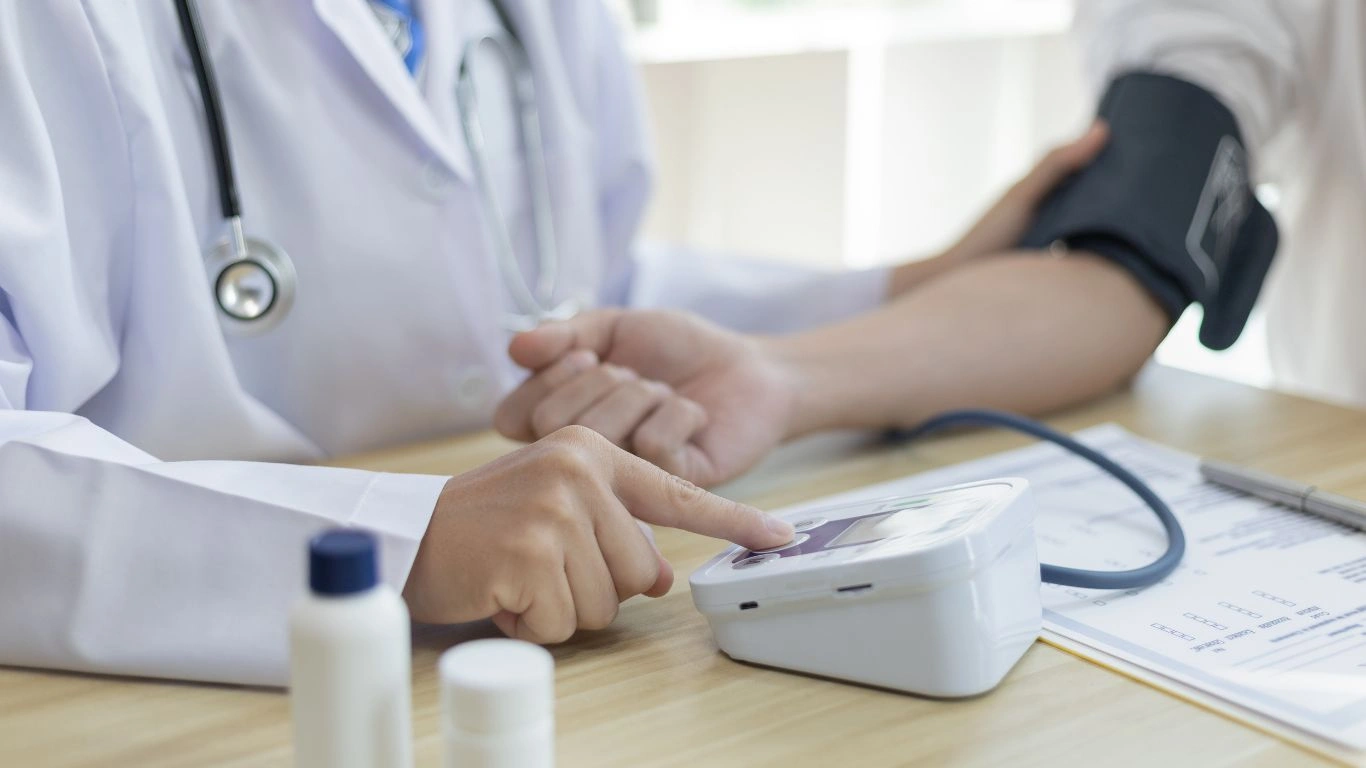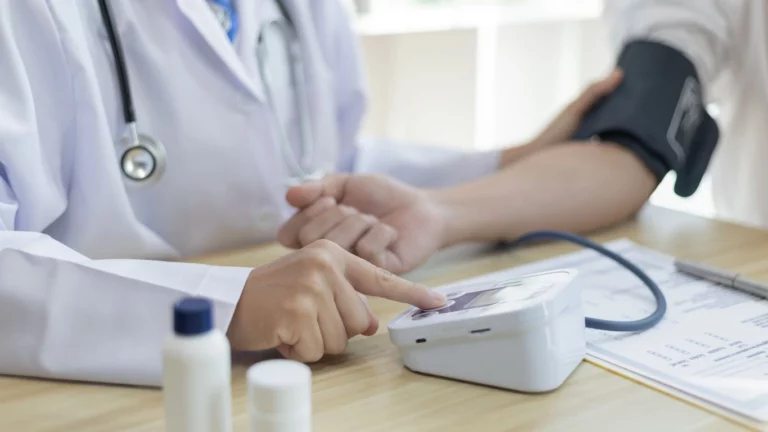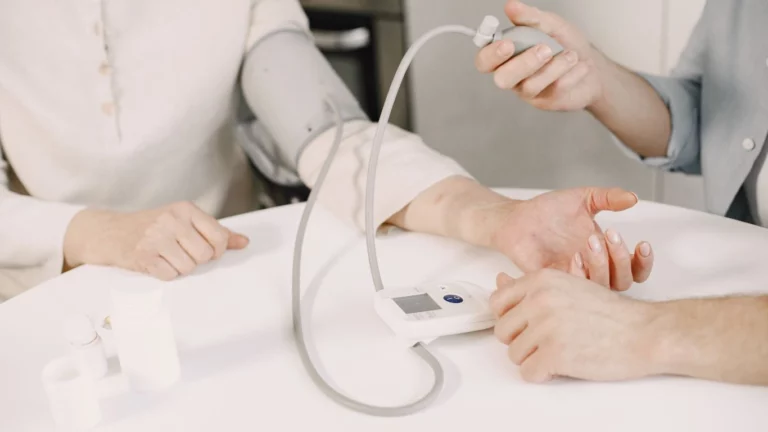Powerful Low-Sodium Cooking Techniques to Manage Hypertension: Your Guide to Better Health
Hey there! If you’re reading this, chances are you’re looking for ways to tackle high blood pressure, and I totally get it. As someone who specializes in hypertension, I’ve seen how big of an impact diet can have on your health. Low-sodium cooking techniques for hypertension aren’t just about eating bland, tasteless food. In fact, these techniques are not only simple to use but also incredibly effective at helping you keep your blood pressure in check.
Now, if you’re like most people, you might think that low-sodium meals are boring, right? I get it. I used to think the same way, until I learned how to use some tricks that made my meals just as tasty without all the sodium. So, stick with me, and I’ll show you how to make delicious, heart-healthy meals that will keep your blood pressure under control!

Why You Need to Pay Attention to Sodium in Your Diet 🩺
Alright, let’s break it down. Sodium is a mineral that your body needs, but too much of it can cause some serious issues. When you consume more sodium than your body can handle, it leads to water retention, which increases the volume of blood in your system. This puts extra pressure on your heart and blood vessels, which leads to high blood pressure or hypertension.
If you have high blood pressure, your doctor might have told you to cut back on salt. But what does that really mean? Well, for most people, it means being mindful of sodium in every meal. Trust me, it’s not as hard as it sounds, and you don’t have to give up flavor to do it!

Low-Sodium Cooking Techniques for Hypertension: Delicious and Simple 🍳
I’m going to let you in on a little secret—cooking for hypertension doesn’t have to be complicated. In fact, you can make small changes in the way you cook that will make a huge difference without feeling like you’re missing out on flavor. Here are some of my favorite low-sodium cooking techniques that will not only help your blood pressure but also make your taste buds happy.
1. Swap Out Salt for Fresh Herbs and Spices 🌿
One of the first things I did when I started watching my sodium intake was ditch the salt shaker and experiment with different herbs and spices. Fresh basil, thyme, rosemary, oregano, and parsley—these little gems can elevate your meals without the sodium.
For example, I make this incredible lemon-rosemary chicken that’s loaded with flavor, but there’s no salt involved! Just a good drizzle of olive oil, fresh lemon juice, a bit of garlic, and rosemary from my garden. It’s simple but soooo tasty.
Pro Tip: Try adding a squeeze of lemon or lime to your dishes. The acidity really helps bring out the natural flavors and adds a refreshing kick without needing to reach for the salt.
2. Go for Fresh Ingredients Over Processed Foods 🥦
Here’s the thing—processed foods are packed with sodium. Seriously, check the labels next time you’re shopping. That pre-made soup? It probably has a full day’s worth of sodium in one serving. The same goes for packaged snacks, frozen meals, and even some “healthy” options. But when you cook with fresh, whole foods, you control what goes in. It’s a game-changer.
I’ve learned that the more fresh produce I use, the better the flavor and the better my blood pressure behaves. Fresh vegetables, lean meats, and whole grains are your best friends. For example, I love making a quinoa salad with roasted veggies. I drizzle a little olive oil and toss in some herbs. It’s satisfying, tasty, and so much better for you than processed alternatives.
3. Make Your Own Low-Sodium Broth 🍲
If you use store-bought broths or stocks in your cooking, be careful. A lot of them are packed with sodium, even the ones that claim to be “low-sodium.” I learned the hard way that just because it says “low-sodium” on the label doesn’t mean it’s sodium-free.
Making your own broth is surprisingly easy! Just throw some veggies, herbs, and water into a pot, simmer it for a couple of hours, and boom—you’ve got a delicious base for soups and stews. Plus, it’ll taste way fresher than the canned stuff.
4. Don’t Forget About Healthy Fats 🧑🍳
Healthy fats like olive oil, avocado, and nuts can help make your meals rich and satisfying without relying on salt for flavor. I love using olive oil to sauté vegetables or drizzle over roasted dishes. It adds depth to the flavor and gives you that comforting richness without the sodium.
5. Read Your Labels (Seriously, It’s Important) 🏷️
If you have hypertension, reading food labels is a must. Many packaged foods are loaded with sodium, even ones you might not suspect. Sauces, canned beans, even some breads can have higher sodium than you’d think. Always look for products labeled as “low-sodium” or “no salt added.”
I always check the nutrition label before buying something pre-packaged, even if I’m in a rush. Sure, it takes a minute, but it’s worth it to avoid an accidental sodium overload.

Troubleshooting Common Issues with Low-Sodium Cooking 🔧
I know what you might be thinking—“But isn’t it tough to cook without salt?” It’s totally normal to feel that way, especially at first. But with a little creativity, it gets easier. Here are some common challenges and how to work through them:
1. The Food Tastes Bland 🤔
Let’s be real—when you first cut back on salt, it’s easy to feel like your meals are missing something. But here’s the deal: herbs, spices, and acids like lemon or vinegar can really amp up the flavor. Don’t shy away from experimenting! Add a little extra garlic, onion powder, or even some chili flakes for heat.
2. You’re Struggling with Texture 😕
I get it—sometimes low-sodium food just doesn’t have the same richness or mouthfeel as its salty counterparts. One solution I’ve found is to add healthy fats like olive oil or avocado. They help create that luxurious texture without the sodium. Another trick is to use natural umami-rich ingredients like tomatoes, mushrooms, and nutritional yeast to make dishes feel fuller and more flavorful.
3. It Feels Like a Hassle to Make All These Changes ⏰
I’ve been there too. It can seem overwhelming to change your cooking habits, especially if you’re used to a certain way of eating. Start small—maybe replace salt with fresh herbs in one or two meals a week, and then build from there. Over time, you’ll find yourself getting more and more comfortable with it.
Case Studies/Success Stories 📖
Here are a couple of stories that really show how making small changes in your diet can lead to big improvements in your health:
Sarah’s Success Story: A Simple Change for Big Results
I had a client named Sarah, who was in her late 50s and struggling with high blood pressure. Despite taking medication, she was still finding it difficult to manage her blood pressure. After we worked together on her diet, one of the first things we did was cut back on her sodium intake. Over just a few months, she saw a noticeable drop in her blood pressure readings—without changing her medication! She reported feeling more energized and even losing a few pounds in the process. It was so rewarding to see how much of a difference these low-sodium changes made for her.
John’s Journey: From Hypertension to Healthy
John, a 45-year-old father of two, came to me because he was at risk of developing full-blown hypertension. His doctor told him to start cutting back on sodium. We worked together to adjust his meals to be lower in sodium. After a few weeks, he noticed not only that his blood pressure was improving, but his energy levels were better, and he was sleeping more soundly. His doctor was thrilled with the results!
Key Takeaways/Summary 📝
So, what’s the big takeaway from all of this? If you have hypertension or are at risk, cutting back on sodium is one of the best things you can do for your health. But that doesn’t mean you have to sacrifice flavor or convenience. With a few simple low-sodium cooking techniques, you can make meals that are not only good for your heart but are absolutely delicious.
5 FAQs ❓
1. Can I still eat restaurant food if I have hypertension? 🍽️
It’s possible! Many restaurants will accommodate special dietary requests. Just ask for your dish to be prepared without added salt or to have the dressing or sauce on the side.
2. How much sodium is too much for someone with hypertension? ⚖️
It’s recommended to limit sodium to 1,500 mg a day for people with hypertension, though some individuals may need even less depending on their condition.
3. Are there any specific foods I should avoid with hypertension? 🚫
Avoid processed and packaged foods, fast food, and anything that contains high levels of sodium, such as canned soups and salty snacks.
4. What are some good alternatives to salt for flavoring food? 🌿
Try fresh herbs like basil, thyme, or rosemary. You can also experiment with garlic, lemon juice, or vinegar to add flavor without the salt.
5. Can low-sodium cooking be flavorful? 🍽️
Absolutely! With the right seasonings and fresh ingredients, your meals can be full of flavor, all while keeping sodium levels low.
Appendix 📚
References
- American Heart Association: Sodium and Hypertension
- National Institutes of Health: Hypertension and Diet
- Centers for Disease Control and Prevention: Healthy Eating
Disclaimer ⚖️
This article is intended for informational purposes only and should not replace medical advice. Please consult with your healthcare provider before making dietary changes.
Call to Action 🔗
Ready to take control of your health? Start incorporating these low-sodium cooking techniques into your meals today and feel the difference. Don’t forget to check out my other resources, and feel free to reach out if you need personalized guidance on managing hypertension through diet.

Dr. Gwenna Aazee is a board-certified Internal Medicine Physician with a special focus on hypertension management, chronic disease prevention, and patient education. With years of experience in both clinical practice and medical writing, she’s passionate about turning evidence-based medicine into accessible, actionable advice. Through her work at Healthusias.com, Dr. Aazee empowers readers to take charge of their health with confidence and clarity. Off the clock, she enjoys deep dives into nutrition research, long walks with her rescue pup, and simplifying medical jargon one article at a time.






